Technological Factors Affecting Jig Sorting
Jig beneficiation mainly uses vertical alternating medium (usually water or air) flow to stratify ore particles according to relative density and collect light and heavy minerals separately through appropriate methods to achieve the purpose of sorting, which is to deal with coarse-grained ores with large density differences. One of the effective reselection methods.
In the separation process, the technological factors that affect the jig separation mainly include the stroke, the number of strokes, the feed water, the supplementary water under the screen, the thickness of the bed, the composition of the artificial bed, the amount of feed and other factors that can be adjusted in production. And the granularity and density composition, bed thickness, sieve plate drop, jigging cycle curve form of feedstock with limited adjustable range.
1. Stroke
The stroke is directly related to the looseness and looseness of the bed, and has a decisive impact on the jig sorting index. It needs to be determined according to the nature of the material being processed and the thickness of the bed.
If the stroke is too small, the bed layer cannot be sufficiently loosened, and the high-density coarse particles cannot get a suitable space for transferring to the bottom layer. If the stroke is too large, the looseness of the bed will be too high, and the particle size and shape of the particles will obviously interfere with stratification by density. When selecting broad grades, high-density fines are largely lost to low-density products. A suitable jig stroke is usually determined by experimentation.
2. Feedwater and supplementary water under the sieve
The total water consumption of jigging separation is the sum of the mineral water and the supplementary water under the screen. Feeding water is mainly used to wet the feedstock and make it have proper fluidity. The supplementary water under the sieve is the main means to adjust the bed looseness. When dealing with narrow-grade materials, the supplementary water can be larger to improve the stratification speed of materials; when dealing with wide-grade materials, it should be smaller to increase the suction effect.
3. Bed thickness
The bed thickness (including the artificial bed) in the jig refers to the height from the sieve plate to the overflow weir. The appropriate thickness of the jig bed is determined by factors such as the type of jig used, the density difference of the components to be separated in the feed, and the particle size of the feed.
4. Sieve plate drop
The height difference between the sieve plates of two adjacent jigging chambers is called the sieve plate drop, which helps to push the material to the discharge end. Generally speaking, when dealing with coarse-grained materials with larger density differences of components to be separated, the drop should be larger; when dealing with fine-grained materials or difficult-to-select materials, the drop should be smaller. Usually, the drop of the sieve plate of the coarse grain jig can reach 100mm.
5. The nature and amount of ore feeding
The processing capacity of the jig is closely related to the nature of the ore feeding. When dealing with coarse-grained, easy-to-select ore, and the quality requirements of high-density products are not high, the ore feeding amount can be larger; otherwise, it should be smaller. At the same time, in order to obtain a better sorting index, the particle size composition, density composition and feeding concentration of the ore should be kept as stable as possible, especially the amount of ore fed, and should not fluctuate too much. The processing capacity of the jig varies greatly with the particle size of the ore, the density difference of the components to be separated in the ore, the operational requirements, and the specifications of the equipment.


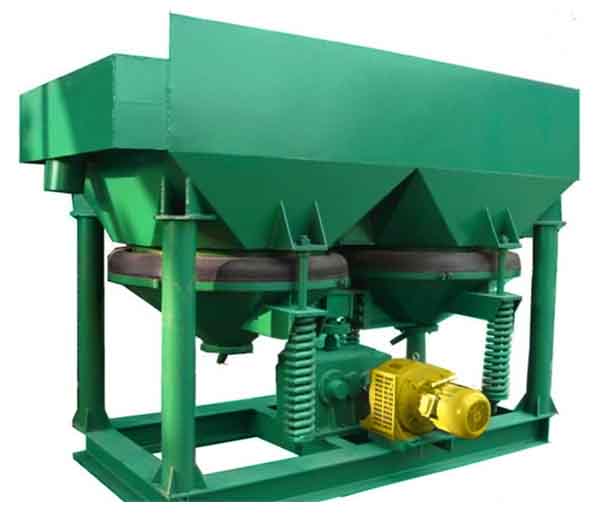
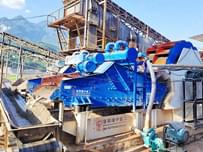
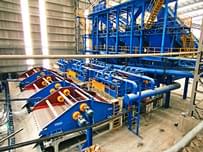
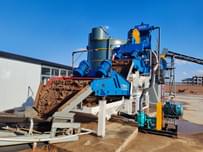
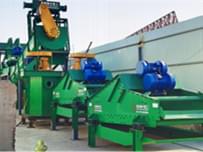
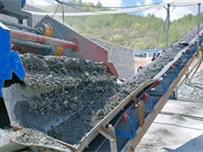
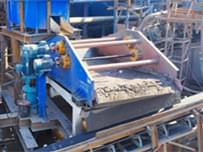
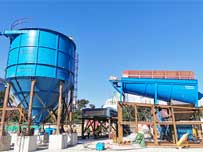
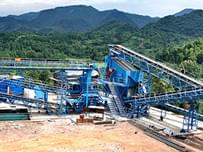




Send Message
Please write down your requirement and contact details in the following form. You can also send a message to us by this email export@lylzzg.com, we will reply to you within 24 hours.